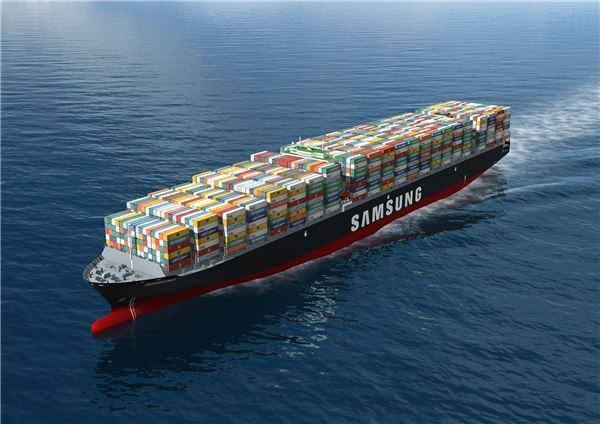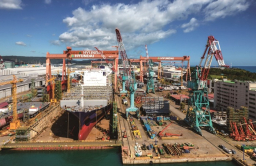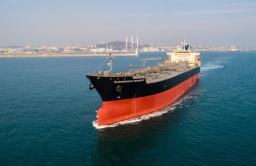-
KOSPI 2577.27 -2.21 -0.09%
-
KOSDAQ 722.52 -7.07 -0.97%
-
KOSPI200 341.49 +0.02 +0.01%
-
USD/KRW 1396 -2.00 0.14%
S.Korea tops global shipbuilding orders in October, surpassing China
Shipping & Shipbuilding
S.Korea tops global shipbuilding orders in October, surpassing China
The nation won 62% of the world's ship orders while China just 33%, regaining the lead after three months
By
Nov 07, 2023 (Gmt+09:00)
1
Min read
News+

South Korean shipbuilders won the most shipbuilding orders worldwide in October 2023. The country overtook China and claimed the lead in the global shipbuilding industry.
According to Clarksons Research, a UK-based maritime and shipping analysis firm, global ship orders last month amounted to 2.49 million compensated gross tonnage (CGT), a 44% decrease compared to the same month last year.
Cumulative orders from January to October this year totaled 33.69 million CGT (1,324 ships), a 24% decrease compared to the same period last year. South Korea and China's order performance was 8.93 million CGT (184 ships, 27%) and 19.33 million CGT (832 ships, 57%), respectively.
As of the end of October, the global order backlog decreased by 410,000 CGT compared to the end of the previous month, totaling 122.58 million CGT. By country, China had 59.06 million CGT (48%), while South Korea had 38.68 million CGT (32%). The Clarkson Newbuilding Price Index recorded 176.03 points, showing a 14.06-point increase compared to the same month last year.
The price of one vessel, based on ship type, was $265 million for liquefied natural gas (LNG) carriers with a capacity of 174,000 cubic meters or more, $128 million for very large crude carriers (VLCC), and $233 million for very large container ships.
Write to Jae-Fu Kim at hu@hankyung.com
More To Read
-
 Shipping & ShipbuildingNomura says new shipbuilding orders peaked; Korean firms refute
Shipping & ShipbuildingNomura says new shipbuilding orders peaked; Korean firms refuteAug 15, 2023 (Gmt+09:00)
-
 Shipping & ShipbuildingFirst S.Korean elected chairman of global shipbuilding committee
Shipping & ShipbuildingFirst S.Korean elected chairman of global shipbuilding committeeJul 25, 2023 (Gmt+09:00)
-
 Shipping & ShipbuildingHanwha Ocean's hiring shows shipbuilding's competition for talent
Shipping & ShipbuildingHanwha Ocean's hiring shows shipbuilding's competition for talentJun 13, 2023 (Gmt+09:00)
-
 Shipping & ShipbuildingS.Korea launches foreign worker quota exclusively for shipbuilding sector
Shipping & ShipbuildingS.Korea launches foreign worker quota exclusively for shipbuilding sectorApr 25, 2023 (Gmt+09:00)
-
 Shipping & ShipbuildingS.Korea reigned supreme on global shipbuilding market in February
Shipping & ShipbuildingS.Korea reigned supreme on global shipbuilding market in FebruaryMar 07, 2023 (Gmt+09:00)


